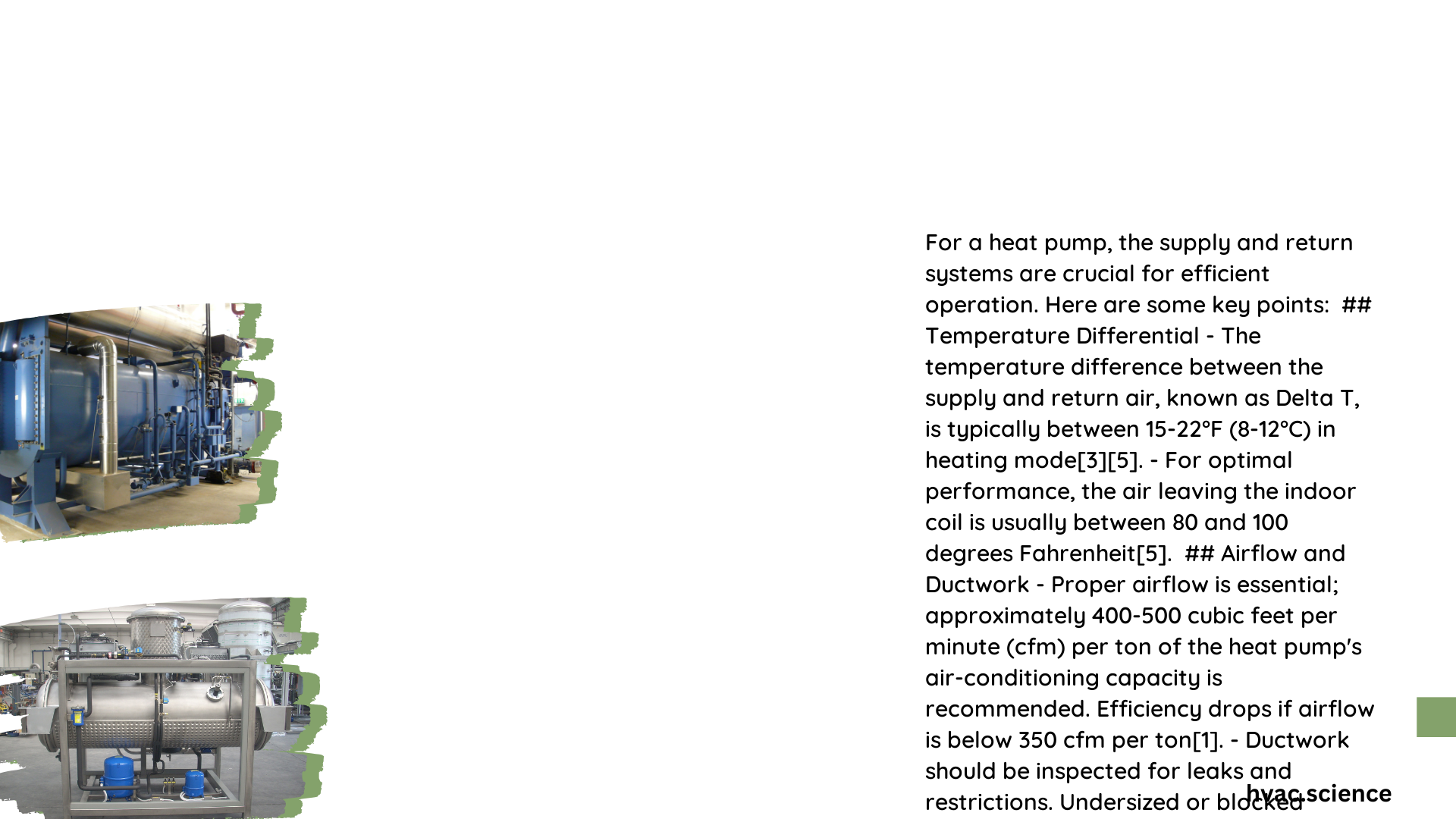Heat pump supply and return systems are critical components in maintaining optimal thermal performance and energy efficiency. These interconnected networks manage refrigerant and water flow, transferring thermal energy between indoor and outdoor environments. Proper design, sizing, and configuration of supply and return lines directly impact system performance, energy consumption, and long-term operational reliability.
What Are the Critical Specifications for Heat Pump Supply Lines?
Pipe Diameter and Flow Rate Calculations
Heat pump supply lines require precise engineering to ensure efficient thermal transfer. The diameter selection depends on multiple factors:
- Heat Load Calculation
- Determine system capacity (kW)
- Calculate Delta T (temperature difference)
- Compute required flow rate
| Heat Load (kW) | Delta T (°C) | Recommended Pipe Diameter |
|---|---|---|
| 3-5 kW | 4-6°C | 22-28mm |
| 5-8 kW | 5-7°C | 28-35mm |
| 8-12 kW | 6-8°C | 35-42mm |
What Materials Work Best for Heat Pump Lines?
Comparative Material Analysis
- Copper Pipes
- Highest thermal conductivity
- Excellent durability
- Higher installation cost
-
Superior corrosion resistance
-
PEX Pipes
- Lower cost
- Flexible installation
- Moderate thermal performance
-
Resistant to mineral buildup
-
Stainless Steel
- Exceptional longevity
- Corrosion-resistant
- Higher initial investment
- Suitable for aggressive water conditions
How Do Insulation Requirements Impact Heat Pump Performance?

Thermal Efficiency Strategies
Proper insulation prevents:
– Heat loss
– Condensation
– Energy waste
– System inefficiency
Recommended Insulation Specifications:
– Minimum thickness: 13-19mm
– Temperature range: -40°C to 120°C
– Material: Closed-cell foam
– Thermal conductivity: ≤0.035 W/mK
What Factors Influence Airflow in Heat Pump Systems?
Airflow Velocity and Pressure Drop Considerations
Critical parameters for optimal performance:
– Recommended CFM per ton: 400-450
– Maximum acceptable pressure drop: 0.5 inches water column
– Ideal air velocity: 500-700 feet per minute
What Are Common Design Challenges in Heat Pump Supply and Return?
Troubleshooting Potential Issues
Potential Complications:
– Undersized ductwork
– Excessive bends
– Inadequate insulation
– Improper refrigerant charge
How Can You Optimize Energy Efficiency?
Strategic Design Recommendations
- Minimize pipe length
- Reduce unnecessary bends
- Select high-quality insulation
- Regular system maintenance
- Professional installation
Cost Implications and Long-Term Considerations
Economic Analysis of Heat Pump Supply Systems
- Initial Investment: $2,500 – $7,500
- Annual Energy Savings: 30-50% compared to traditional systems
- Payback Period: 5-10 years
- Expected System Lifespan: 15-20 years
Conclusion
Successful heat pump supply and return system design requires comprehensive understanding of thermal dynamics, material science, and engineering principles. Careful planning and professional implementation ensure maximum efficiency and long-term reliability.
